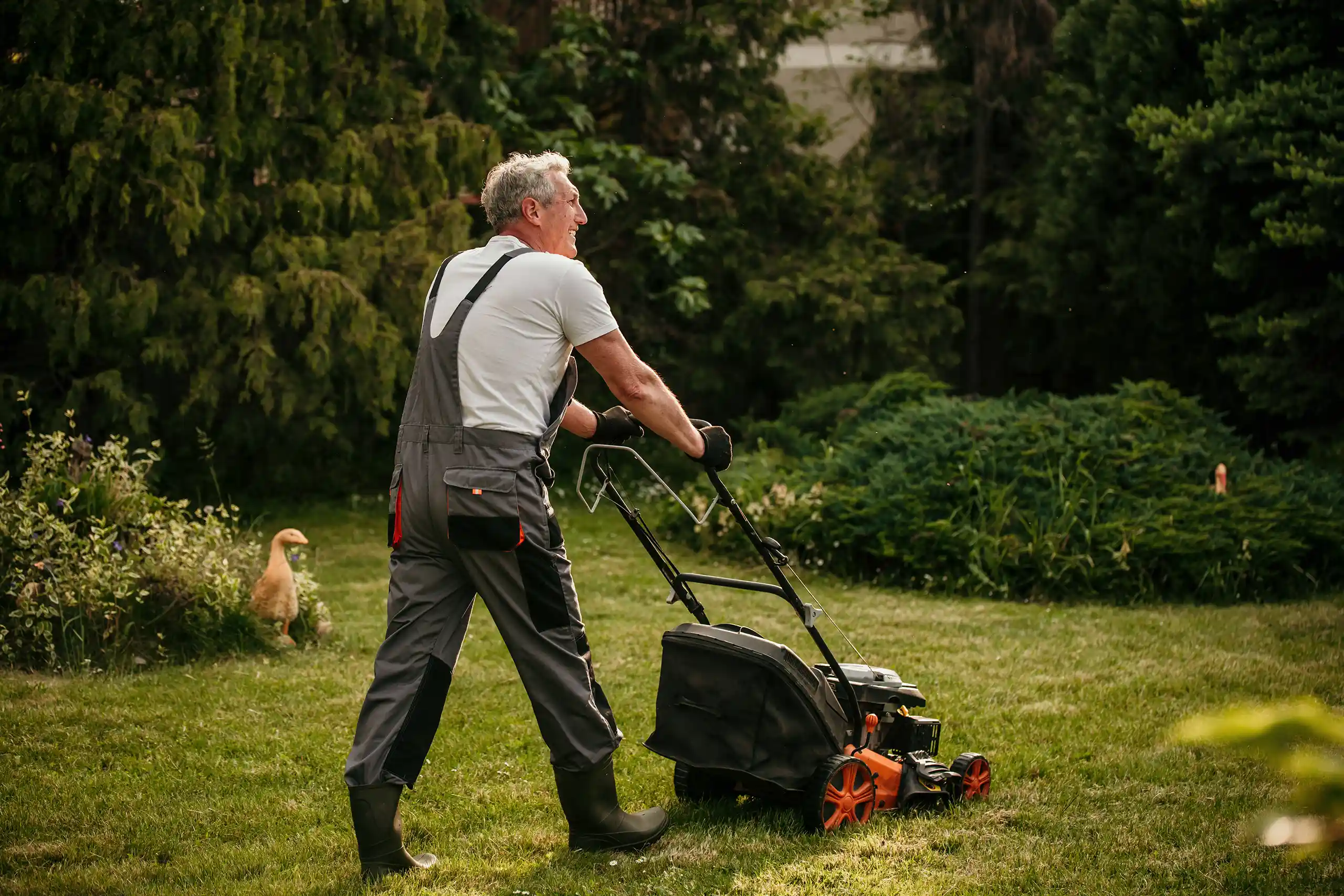If you want a lawn that is healthy and vibrant all year round, then you need to consider scarifying your lawn.
This essential maintenance process is often overlooked but is key for ensuring your grass receives the nutrients, air, and water it needs to thrive.
In this guide, we will cover everything you need to know about scarifying your lawn, from what it is to the best times to do it, and how you can easily get started.
What is scarifying?
Scarifying your lawn is the simple yet crucial maintenance process of removing thatch, moss, and other debris from your lawn.
Over time, thatch can build up and act as a barrier between your grass and the essential nutrients it needs to thrive.
If left untreated, this can lead to a weaker and less resilient lawn, prone to weeds and bare patches.
To prevent this, you can use a scarifier, a tool with rotating blades, or a rake to vertically cut through the soil to break up and remove this layer.
Although this process may sound damaging to your lawn, it is aerating the soil and allowing your grass to breathe and receive nutrients, encouraging new growth.
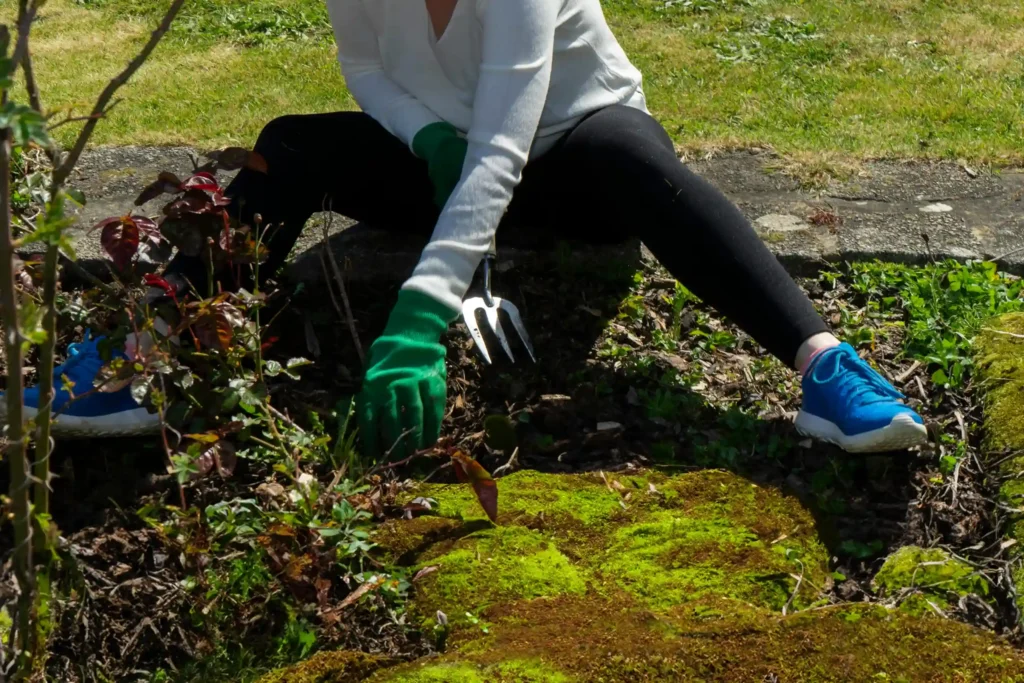
Why is scarifying a lawn important?
Scarifying your lawn is crucial for maintaining its health throughout the seasons.
Grass requires space to receive nutrients and grow effectively; however, over time, moss, weeds, and thatch can build up on the soil surface.
Scarification is a more intense process than simply dethatching your lawn.
It allows you to delve deeper and remove not only the surface layer of thatch but any moss or lingering debris that are embedded deeper in the soil.
Here are some further benefits of scarifying your lawn:
Aids soil compaction. Scarifying your lawn breaks up the layer of thatch while also loosening the soil’s surface, allowing for improved airflow.
Improves water and nutrient absorption. Removing thatch and debris allows water and nutrients to penetrate the soil more successfully.
Reduces moss and weed growth. Scarification helps to control pests like moss and weeds, as they thrive in compacted areas with thatch.
Increases your lawn’s resilience. This process stimulates the growth of new grass shoots, thickening your lawn and making it more resilient against pests.
If you do not scarify your lawn, you may find that it becomes more susceptible to further issues – such as waterlogging and weeds – and less responsive to fertiliser.
When to scarify your lawn
The best time to scarify your lawn depends on a few different factors, such as:
- Your grass type
- The condition of your turf
- The weather and climate
Generally, the ideal time to carry out this task is either in early spring or autumn, as your lawn will be in a growth period, making the process more effective.
In spring (approximately April), the conditions are at their best for supporting the growth and recovery rate of your lawn.
This time of year is suited to those with lawns that require light scarification or thatch removal.
Do not worry if you have missed this window, as early autumn (late August, early September) is another great opportunity to carry out this process.
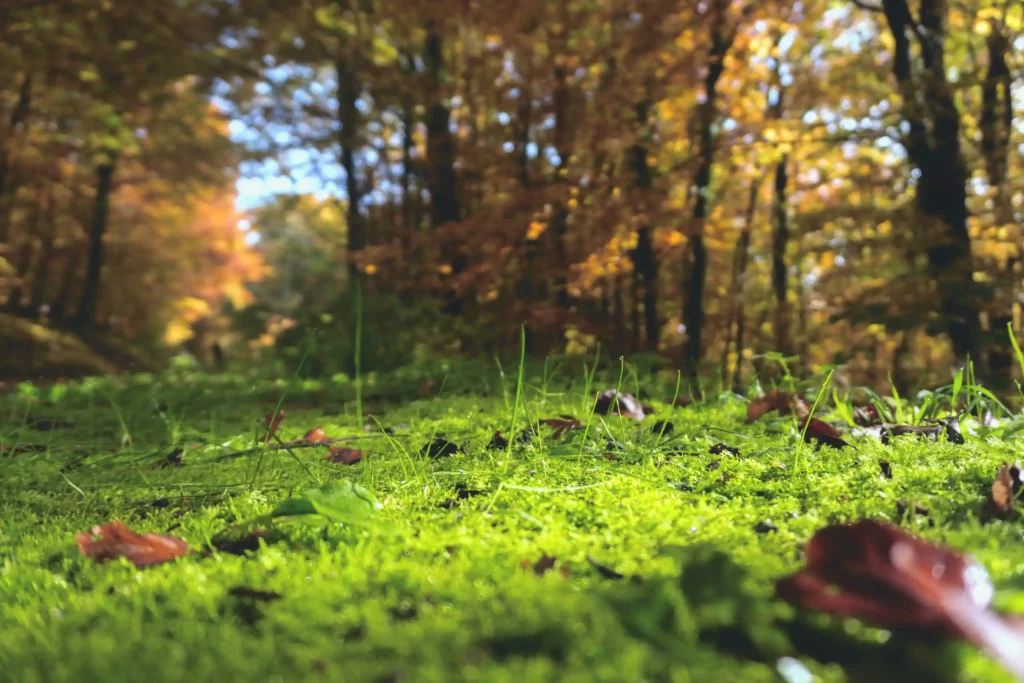
If your lawn requires more intensive scarification, then autumn is the ideal time, as your grass will still be growing, and you can effectively remove thatch without leaving your soil vulnerable to weeds and pests.
Those whose lawns are under constant shade will want to scarify between the time of late March through April, as the tree crowns will be at their thinnest, allowing maximum sunlight through to support grass growth.
Time is of the utmost importance when it comes to scarifying your lawn, so avoid any unnecessary delays as much as possible; otherwise, you may find that you are unable to carry out the process effectively.
When should you not scarify your lawn?
Knowing when you should avoid scarifying your lawn is just as important as knowing when is best to do it.
Here is a general guideline for when you should not scarify your lawn:
During the summer months. Avoid June, July, and August, as these months bring heat and dry conditions which add stress to growing grass and slow down your lawn’s recovery.
Mid-winter or frosty conditions. Similarly, you should avoid scarifying November through February, as grass goes dormant in the cold. Raking can also expose your soil to harsh conditions and frost, causing damage to your turf.
In March. Although March is considered spring, it is still too early as your soil will still be recovering from winter. However, that does not mean you cannot start planning and preparing your garden for scarification. Ideally, you could use this time to use our Weed Wipeout to get rid of any existing moss and weeds before you start the process in April.
If your lawn is boggy. Scarifying a boggy lawn can cause significant damage to your grass roots, soil structure, and lead to further compaction, which will deprive your turf of nutrients.
Always be aware of the time of year and weather conditions before you start scarifying your lawn, as you want to improve your lawn’s health without damaging it.
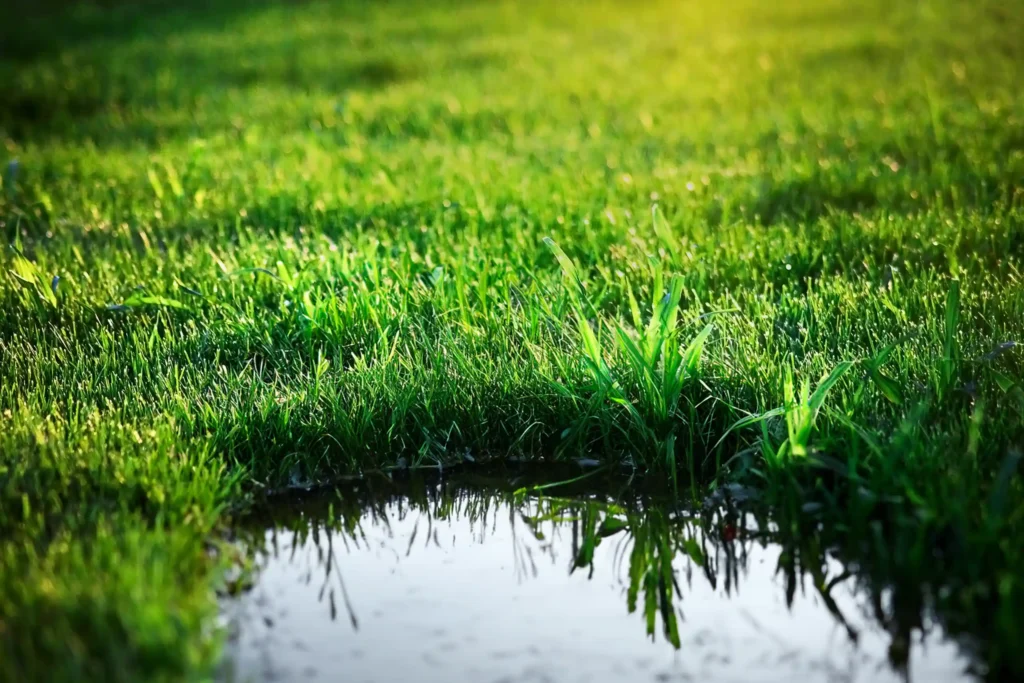
Can you scarify a wet lawn?
No, it is not recommended to scarify when your lawn is wet.
A wet lawn can cause significant issues when scarifying, whether you are using a powered scarifier or a rake.
Wet soil becomes compacted, which can lead to your scarifier or rake clumping the soil, creating holes, or worse, pulling the grass up by its roots.
Essentially, scarifying a wet lawn should be avoided to prevent unnecessary damage to your garden.
How often should you scarify your lawn?
Much like aerating your lawn, how often you should scarify depends on a number of factors, including your grass type, soil type, and level of thatch build-up.
If your lawn is healthy and has minimal thatch, then it is generally recommended to scarify your turf once a year.
However, if your lawn accumulates a lot of thatch or is suffering from significant moss build-up, then you may benefit from scarifying twice a year.
Ideally, you could begin with a light scarification in spring, moving towards a more intensive process in the autumn.
If you have a new lawn, it is recommended that you wait at least a year before scarifying, as this can cause significant damage to the turf.
How do I know if my lawn needs scarifying?
If you are new to gardening or just not sure what to look out for, here are some tell-tale signs that may indicate that your lawn needs scarifying:
Thick thatch layer. To check this, you can choose a small section of your lawn and dig approximately an inch deep. Pay close attention to the layer between the grass and soil; if it is thicker than half an inch, this can mean scarification is required.
Spongy feel underfoot. A thick layer of thatch can often make your lawn feel spongy, so it is always worth walking across your lawn to see how it feels.
Poor drainage. You may have noticed that water is taking a long time to drain on your lawn, or even pooling; this can be a sign that thatch or moss is preventing the water from being absorbed into the soil.
More weeds. Weeds thrive in heavily compacted areas, particularly when there is thatch. If you are noticing more moss and weeds growing, this can also highlight that scarification is needed.
Patchy grass. If your grass looks more lacklustre than usual, this could be because a layer of thatch is preventing your turf’s access to air, water, and nutrients.
Looking out for these signs can easily help you identify when your lawn needs scarifying and allows you to plan more effectively.
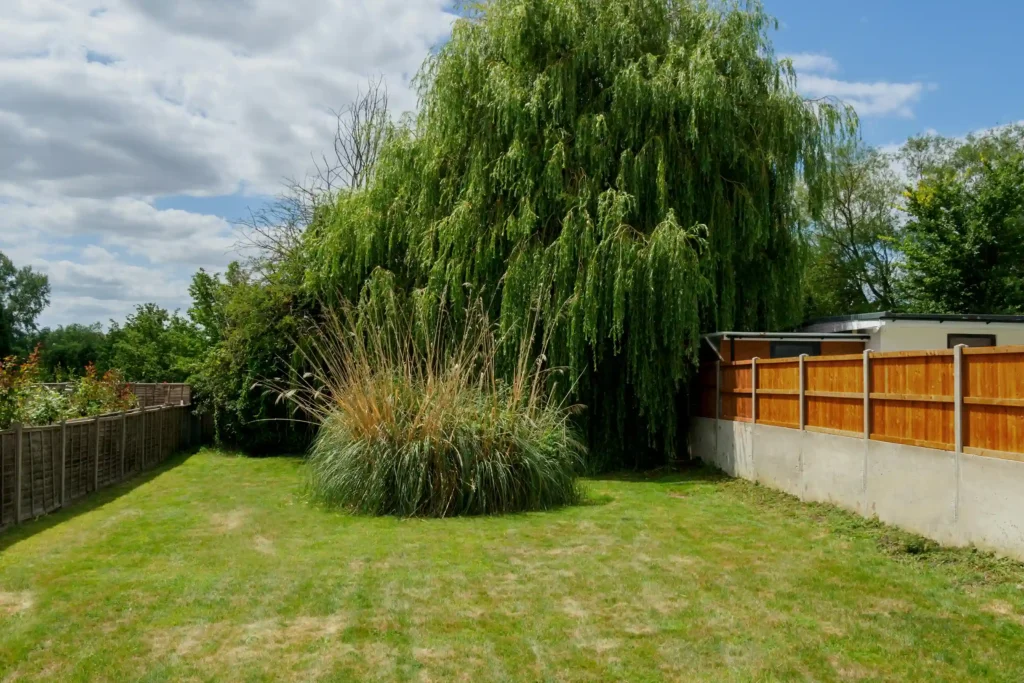
How to scarify a lawn
Now that you are aware of what scarification is, why it is important, and when you should carry it out, it is time to look at how you can put it into practice yourself.
The process may seem daunting at first, but it could not be easier.
Carry out the following steps to successfully scarify your lawn:
- Choose your equipment. Rakes are ideal for those with smaller gardens, while those with larger gardens may want to consider using an electric scarifier.
- Prepare your lawn. Ensure your lawn is free from any debris like sticks or rocks. Your lawn then needs to be mowed to a height of approximately 2 to 3 cm.
- Check the soil moisture. Ideally, the soil should be slightly moist, as this will allow for easier thatch removal.
- Set the depth of your scarifier. If you are using an electric scarifier, you will need to ensure the depth is set correctly; ideally, you want the blades to penetrate the ground 2 to 3 mm so that they lightly skim the soil.
- Scarify in straight lines. Just as you would when mowing or aerating, it ensures that all thatch has been successfully removed from your garden.
- Focus on the movement. You should start by evenly working the scarifier lengthways across your lawn, then turn 90 degrees and go across your lawn again.
- Don’t pause. When scarifying, it is important to move quickly and avoid pausing so you do not cause damage to the turf.
Scarifying your lawn may seem like an arduous task; however, it is essential for maintaining your lawn’s health over time.
Once you have successfully scarified your lawn, you can move onto the aftercare process.
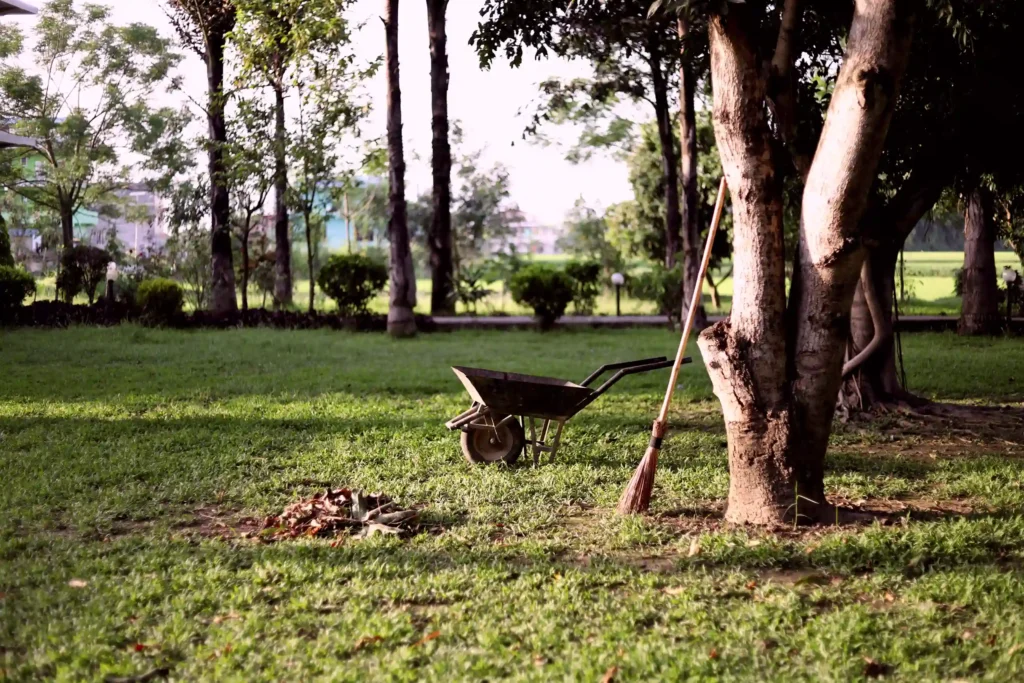
What to do after scarifying your lawn?
Do not be alarmed if your lawn does not look its best once it is scarified; it is temporary and all part of the process.
The first thing you will want to do post-scarification is remove the loosened thatch.
If you do not have a grass catcher box, this can easily be done using a rake.
Next, you will want to give your lawn some of the most needed nutrients it may have been deprived of due to the build-up of thatch.
You can do this by applying sand or fine compost to your lawn, followed by our high-quality Nourish & Nurture Fertiliser. Our specialised fertiliser has been expertly blended to nourish your lawn and promote effective growth.
If your lawn had developed patches prior to scarification, you could bring it back to life with overseeding.
Our Thick & Thriving Grass Seed Mix has been expertly formulated for quick germination, ideal for those wanting a lush and resilient lawn.
Following this, you should continue to regularly water your lawn as normal.
Patience is key after scarifying your lawn, and with proper aftercare, your garden will be back to full health and flourishing in no time.
Ready to revive your lawn?
Scarifying your lawn is one of the most effective ways to achieve a strong and durable lawn.
The key to achieving successful scarification all lies in the timing, following the process correctly, and providing adequate aftercare.
Start your lawn’s journey to health today by taking our quiz to discover which bundle is best suited to your lawn.
